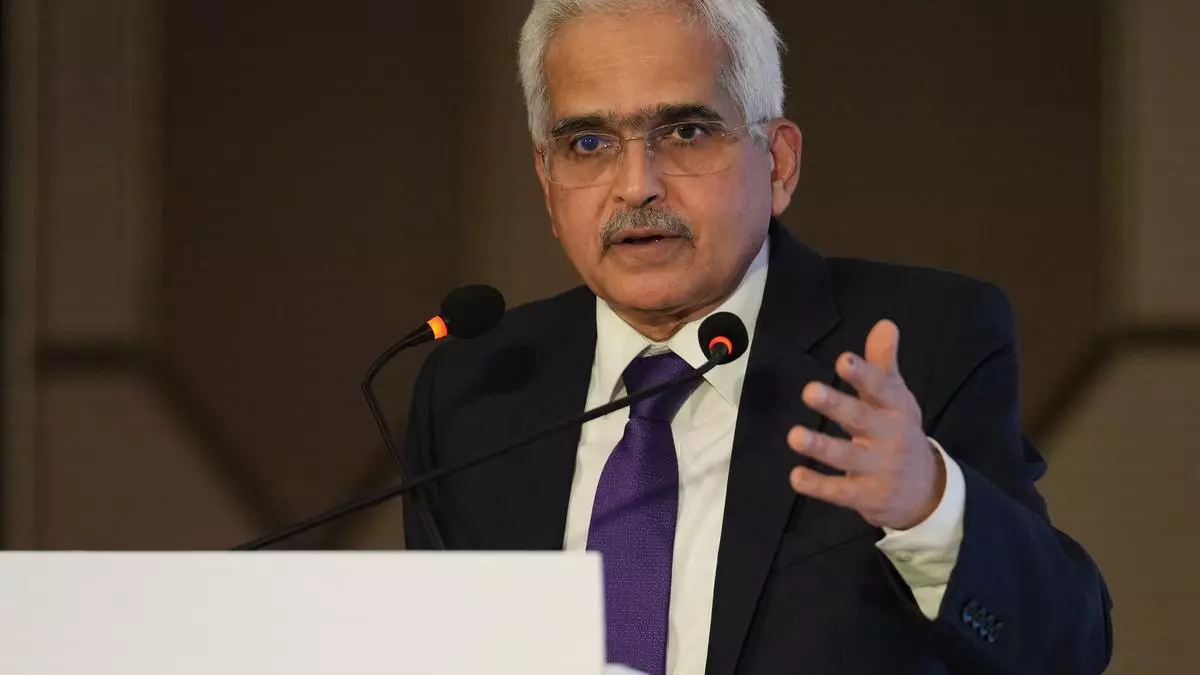Credit growth should not run ahead of deposit growth by miles: RBI Guv Das
Credit growth should not outpace deposit growth by miles as it may potentially expose the system to structural liquidity issues, cautioned RBI Governor Shaktikanta Das.
In this regard, he noted that households are increasingly turning to other avenues such as mutual funds, insurance funds and pension funds for deploying their savings instead of banks.
Referring to the current divergence between loan and deposit growth rates, Das said: “It goes without saying that there will always be some gap between the two, but credit growth should not run ahead of deposit growth by miles.”
Especially, when banks are required to maintain CRR (cash reserve ratio), SLR (statutory liquidity ratio), LCR (liquidity coverage ratio), etc.
“It is, of course, recognised that almost every loan creates a new deposit in the borrower’s name or adds to his or her account balance. In other words, money begets money in the banking system. But the fundamental point is that there has to be a reasonable balance between credit and deposit growth,” the Governor said at a BFSI event organised by a financial publication.
Noting that deposit mobilisation has been lagging credit growth for some time now, Das said this may potentially expose the system to structural liquidity issues.
“While there could be a debate regarding ‘deposits funding loans’ vis-à-vis ‘loans funding deposits’, the current regulatory concern stems from the fact that there could be structural changes happening which banks need to recognise and, accordingly, devise their strategies.
“Households and consumers who traditionally leaned on banks for parking or investing their savings are increasingly turning to capital markets and other financial intermediaries,” Das said.
The Governor said while bank deposits continue to remain dominant as a percentage of financial assets owned by households, their share has been decreasing with households increasingly allocating their savings to mutual funds, insurance funds and pension funds.
To be precise, households are increasingly turning to other avenues for deploying their savings instead of banks, he added.
On their part, banks have sought to fill the credit-deposit gap by increasing their reliance on other sources such as short-term borrowings, Certificates of Deposit, etc.
This increases their sensitivity to interest rate movements and poses challenges to liquidity risk management, Das said.
The Governor remarked that the shift in deposit preferences from current account and savings account (CASA) deposits has various implications that banks need to keep in mind. With credit growth remaining strong, banks need to continuously focus on improving and refining their credit underwriting standards and pricing of risks.
LCR framework review
Das said it is imperative that Indian banks put in place prudent liquidity management measures proactively.
“It has to be borne in mind that incorrect valuation of liquid assets can give a false sense of short-term liquidity resiliency, which is not desirable.
“The Reserve Bank, on its part, is reviewing the Liquidity Coverage Ratio (LCR) framework to address the emerging issues. This will be done after detailed public and stakeholder consultations,” he said.
